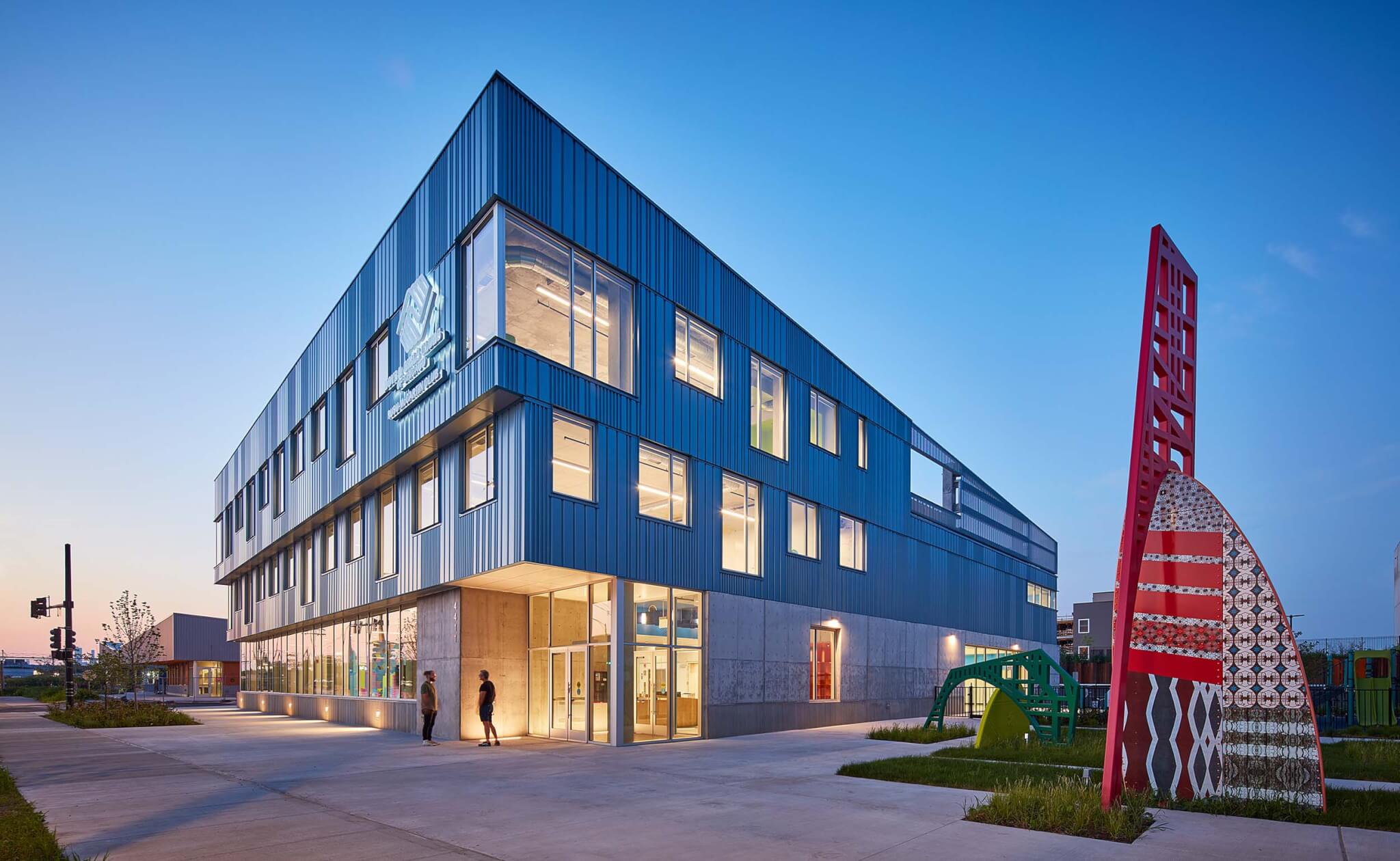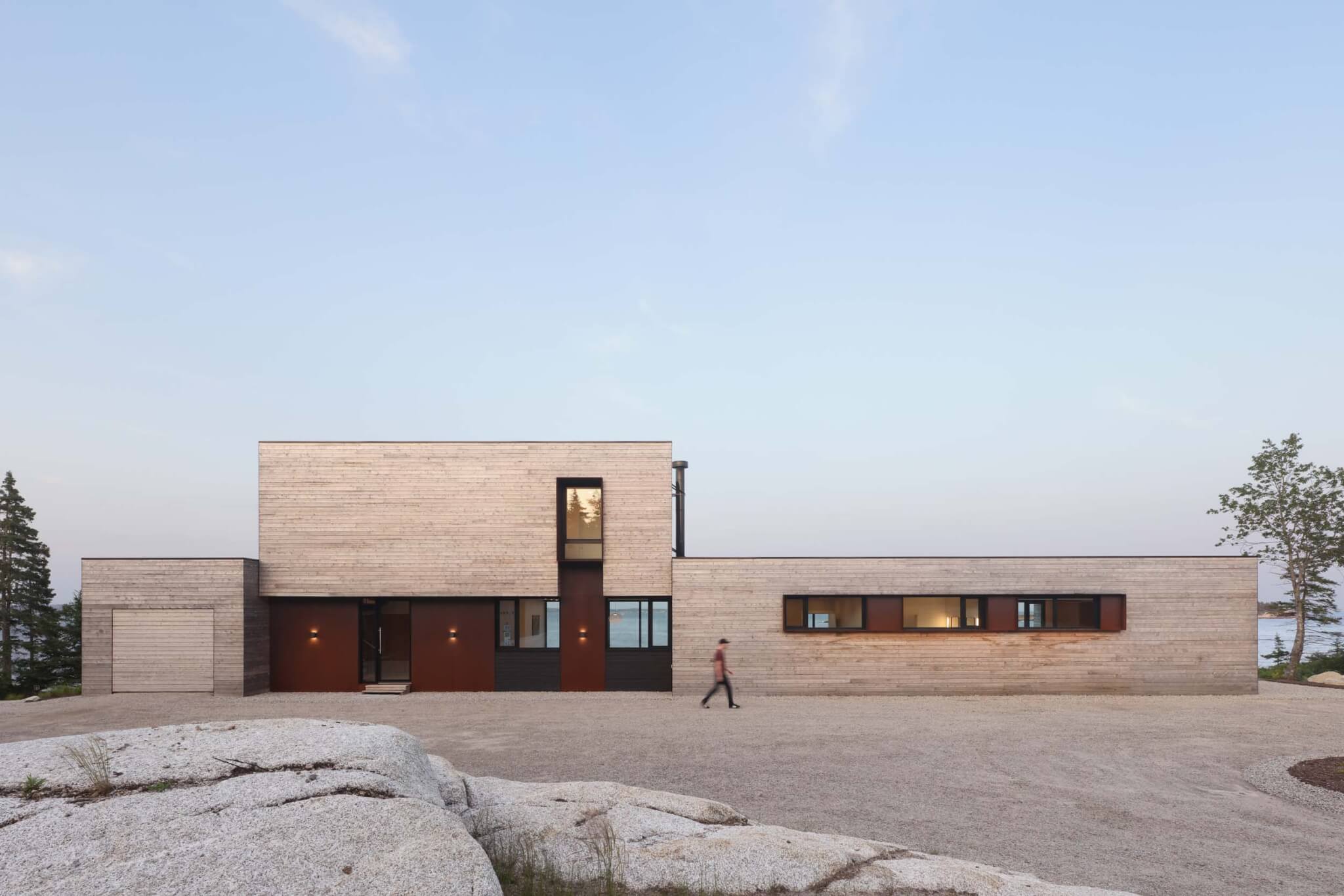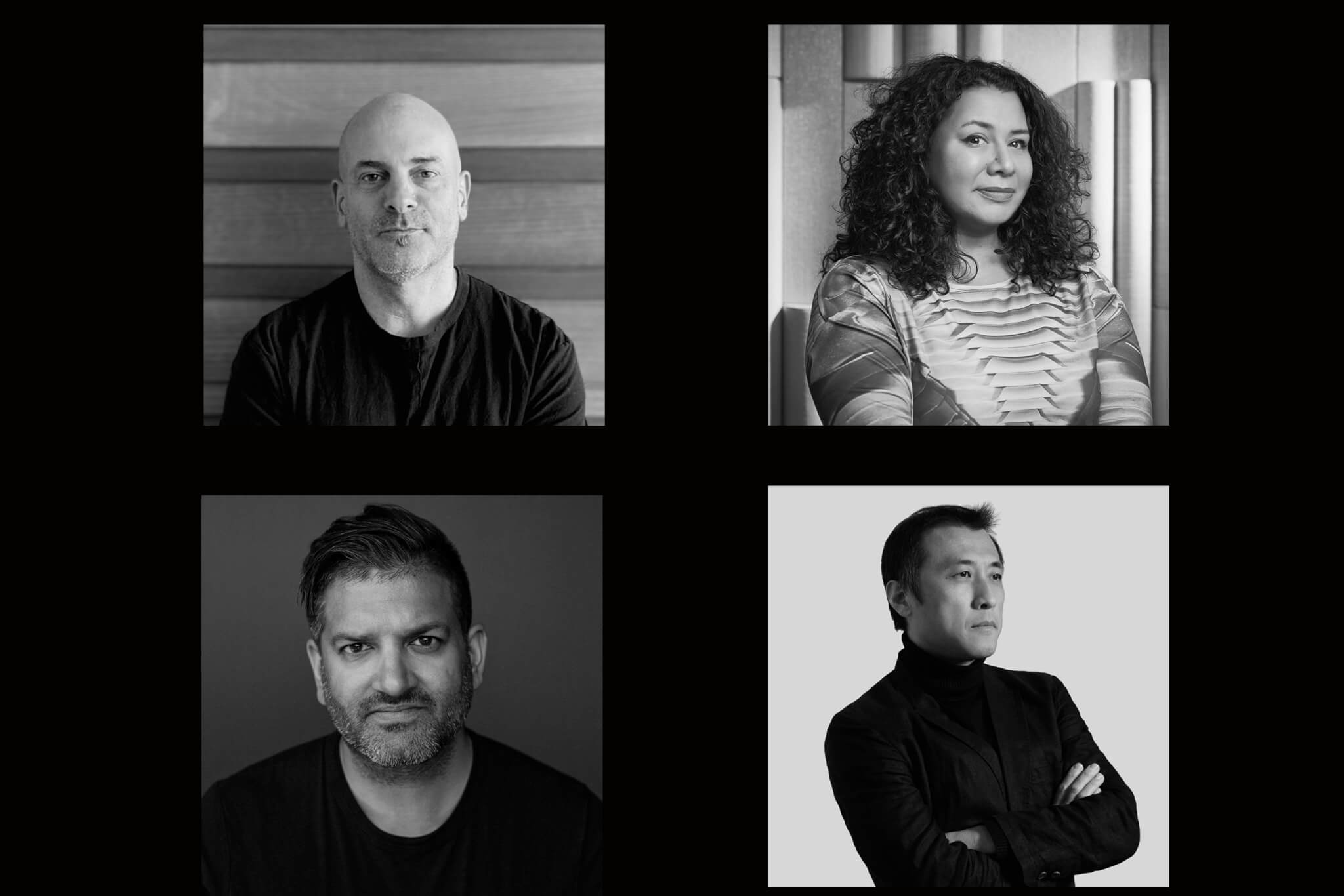The Architect’s Newspaper continues to elevate the best design—from adaptive reuse, preservation, and facades to interiors, workplaces, landscapes, and others—through our annual Best of Design Awards. For the 12th edition, the program has expanded to include international firms and projects. To that end, our jury is bigger than ever, including Joshua Aidlin, Katherine Darnstadt, Omar Gandhi, Walter Hood, Li Hu, Alexandra Lange, David M. Powell, Mónica Rivera, and AN’s own Jack Murphy and Emily Conklin.
The judges will review applications across 53 categories, considering criteria like strength of the presentation, evidence of innovation, creative use of new technology, sustainability, and, most importantly, good design. Their chosen winners will not only be honored amongst peers, but also featured in AN’s Best of 2024 issue.
To help entrants out, Aidlin, Darnstadt, Gandhi, and Hu shared their advice on applying. Read the interview below to get their insight and submit applications to 2024 Best of Design by September 13, 2024 (midnight ET) to have work reviewed by the stellar panel.

AN: What are some of the things you’re looking for in Best of Design submissions?
Li Hu (LH): To be surprised, to be moved, to see deep questions.
Joshua Aidlin (JA): Design Rigor. How does the design embrace the project constraints—be they programmatic, site, client, or ecologically driven—and transform them into opportunities for efficient yet soulful design?
Katherine Darnstadt (KD): Projects that embrace a client, context, and architectural complexity with curiosity. We see that in how the photography is framed and the level of life that is being shown. Is this staged or the messiness of the everyday? We read that in the narratives of the project design evolution to understand the moment everyone wanted to pull their hair out but didn’t. Finally, we look for how the design concept shifts in scale from macro to micro throughout the project and informs each design iteration moment, frame, and detail.
Omar Gandhi (OG): I’m looking for voice. There is, of course, an element of originality, and expression of an idea through materials and form, but this can also include technology, sustainability, and perhaps the representation of the time in which we live. In some cases, depending on the category, I would say that it’s imperative that the design speak about place through materiality and building upon local precedent.

AN: Entrants will be submitting their “best” work from the last two years. How do you define best? And what does that look like for you and your work?
JA: I don’t have a project that falls into a “Best” category; they are all my children, so to speak, that have left the nest and now function independently on their own, hopefully thriving. I do have one that falls into one of the most rewarding and that is Windhover, the contemplative center on Stanford University’s campus. It was a dream program combining art, architecture, and landscape—all with the focus on creating an environment for uplifting the mental and spiritual wellbeing of thousands upon thousands of individuals throughout the year. It allowed us to study the ethos of “Designing for All the Senses” fully and completely. To be able to visit the building now and observe, live, the visceral and positive impact the building that your firm designed has on an individual or a group of people is incredibly rewarding.
OG: I think that on any given day, my answer to that question would be different. There are so many wonderful memories associated with each project, including the process by which they were developed in the studio. Studio memories bring me a lot of joy. For varying reasons (on this day) I think that these projects really rise to the top: Rabbit Snare Gorge makes people smile—through images but even more so in real life. Its mannerist proportions are eccentric and fun and its hard to look up at it and not be reminded of your childhood or perhaps a dream. Both the OG House and White Rock were very satisfying because they feel the most complete, from top to bottom. Both found a way to provide opportunities to design the little bits—furniture, lighting, hardware—which really helped to scratch an itch that we don’t normally get. The Viewing Platform at Peggy’s Cove was a dramatic shift to a project with tremendous national sentimental value. In the end we were able to provide a new way of looking at the famous landmark for previous visitors and for people with accessibility requirements who weren’t able to navigate the rocky terrain.
LH: To answer this question, it has to be OPEN, the office itself, and the determination to take on this open quest for the kind of architecture that expresses our hope.

AN: What advice do you have for people filling out their submissions?
KD: Are you excited to read your own submission? Share the story that excites you with us. The moment that sparked a shift in the project and how codesign with the client created new opportunities. How is your evolving definition of design excellence coming through on this project?
LH: Focus on a clear and powerful presentation of your creation, and in particular, the unique qualities of it.
OG: I would suggest staying away from buzzwords, popular terms, subject matter, and ideas that flood our feeds on a daily basis. Find your own way in searching for real answers to the real questions that surround us. What makes you, where you come from, and the way in which you approach the design problem unique and exciting?
JA: Every visual piece of information or text should clearly and quickly communicate the point one is trying to make. It is important that an applicant acknowledge that the jurors are reviewing hundreds of submissions.
Brevity and impact go a long way.
2024 Best of Design submissions are open now until September 13, 2024 by midnight ET.

